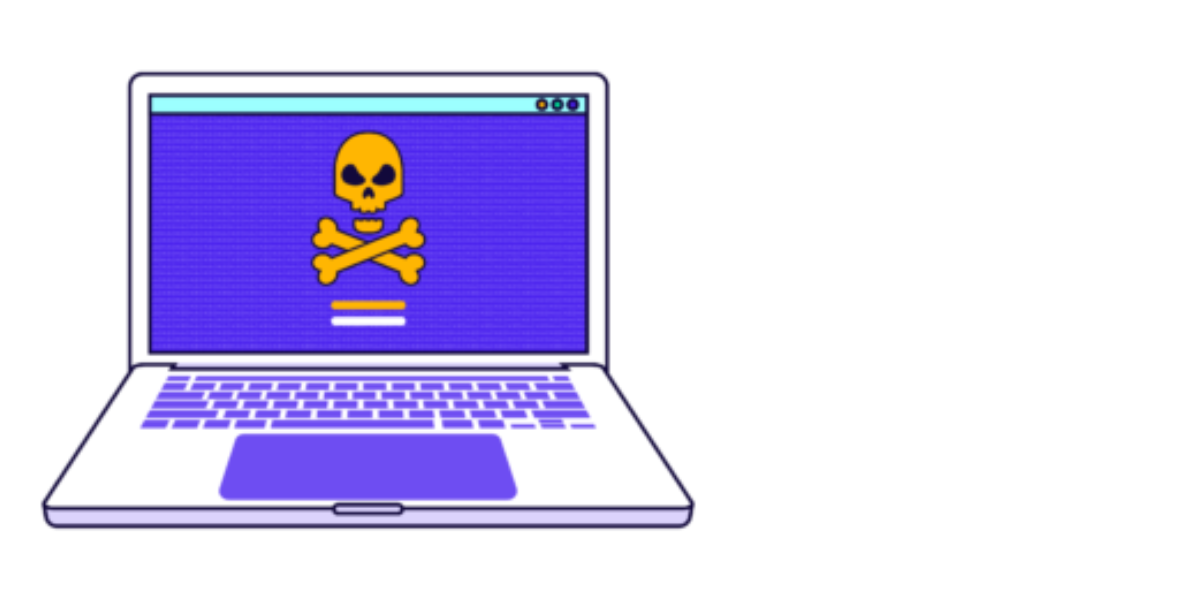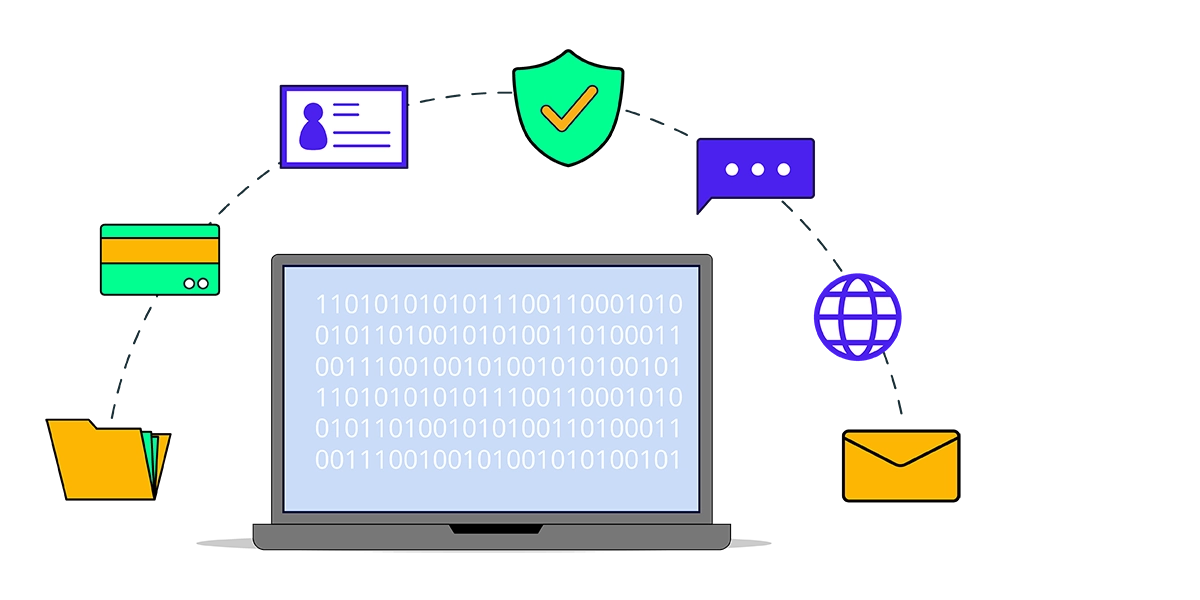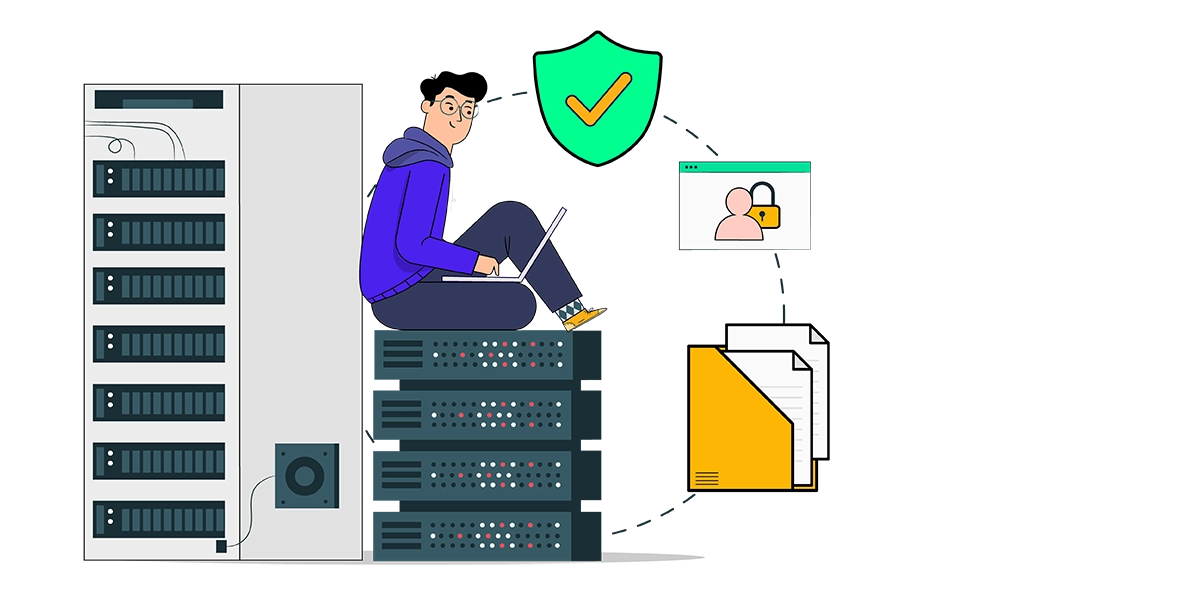Quantum computing represents one of the most exciting technological advancements of our time, promising to…

Understanding the impact of the CrowdStrike incident
Who is CrowdStrike?
CrowdStrike is a cybersecurity company known for its endpoint protection, threat intelligence, and cyber attack response services. Its cloud-native Falcon platform is designed to prevent breaches and secure organisations against cyber threats. While CrowdStrike is well known in the cybersecurity industry, its name became more widely known due to a significant incident on Friday, July 19th, 2024.
What is an endpoint?
An endpoint is any device that connects to a network, such as computers, laptops, smartphones, tablets, and servers. These devices are critical points of vulnerability because they can serve as gateways for cyber attackers to infiltrate more extensive networks. Protecting endpoints is essential for maintaining robust cybersecurity.
What happened on Friday?
This defect led to the Blue Screen of Death (BSOD), causing devices to crash and become unable to reboot. Mac and Linux computers were not affected, but other Microsoft services, including email, experienced disruptions.
On Friday at 2.10 pm AEST, Microsoft reported a major technical outage that affected operations worldwide. The cause was a defective system update rolled out by CrowdStrike, which affected Windows computers.
Who was impacted?
The outage had a global impact, affecting approximately 8.5 million devices. Organisations and individuals relying on Windows computers experienced significant disruptions as devices crashed and services became inaccessible.
While a fix was deployed within a few hours, many users and computers required manual intervention to restore functionality.
What could happen to people because of this crash?
The immediate consequences of the crash included operational disruptions, loss of productivity, and potential data loss. Businesses relying on affected devices faced challenges maintaining their usual operations, leading to delays and potential financial losses. Additionally, the downtime could have impacted critical services and communications.
What happens now?
In the wake of such incidents, it is crucial for users to:
- Keep up with updates from both the affected service providers and cybersecurity firms.
- Check for unusual behaviour or performance issues in their devices.
- Ensure that all patches and updates are applied promptly.
- Regularly back up important data to prevent loss during such incidents.
- Follow best practices for cybersecurity to mitigate risks.
For more detailed insights on safeguarding against such disruptions, you can read our blog post on How to Stay Safe When Online, which provides tips on protecting your information from common cyber threats.
How is Sapher different from CrowdStrike?
While CrowdStrike focuses on endpoint protection and cybersecurity solutions, Sapher offers a unique and innovative approach to security. Here’s how Sapher stands out:
- Sapher uses advanced algorithms to detect and respond to threats, ensuring immediate protection proactively.
- Sapher relies solely on objective data to determine the safety of web pages, avoiding subjective AI inputs.
- Sapher is the only product capable of detecting newly launched scams within seconds of their release, providing unparalleled security.
- Sapher allows users to remain anonymous, ensuring that individual identities and details are not tracked or stored.
- Sapher offers highly accurate and traceable results, giving users definitive confidence in the status of web pages.
- Test results show that Sapher outperforms similar products in detecting scams and suspicious sites.
- Unlike other products, Sapher does not require a VPN, which can slow browsing and harvest user browsing history.
- Sapher does not access or scrape users’ local information and browsing history, ensuring privacy and security.
By focusing on these critical areas, Sapher provides a comprehensive security solution that is both highly effective and user-friendly without compromising performance or privacy.
Summary
The CrowdStrike incident on Friday is a stark reminder of the vulnerabilities that can arise from system updates and the importance of robust cybersecurity measures. By understanding the impact of such events and learning from them, we can better prepare and protect our digital environments.
Sapher offers advanced, proactive solutions to ensure you stay one step ahead of cyber threats, providing unparalleled protection and peace of mind. For more information on how Sapher can help secure your network, visit our About Us page or our Blog for the latest updates and tips.


